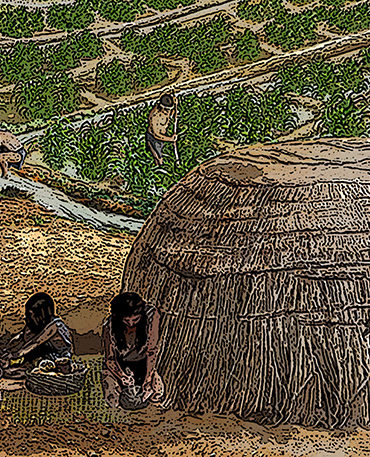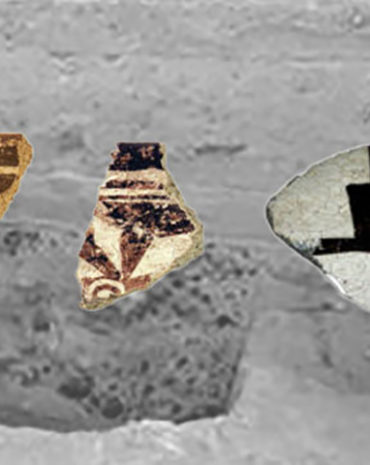 Jul 27
Jul 27The Ancestral Native American Past in Downtown Tucson
Homer Thiel takes a long view of Downtown, detailing the traces of people who lived in the area thousands of years before Europeans arrived in what is now southern Arizona. Hidden beneath the streets, sidewalks, parking lots, and buildings of downtown Tucson are traces of our community's Ancestral Native American…










